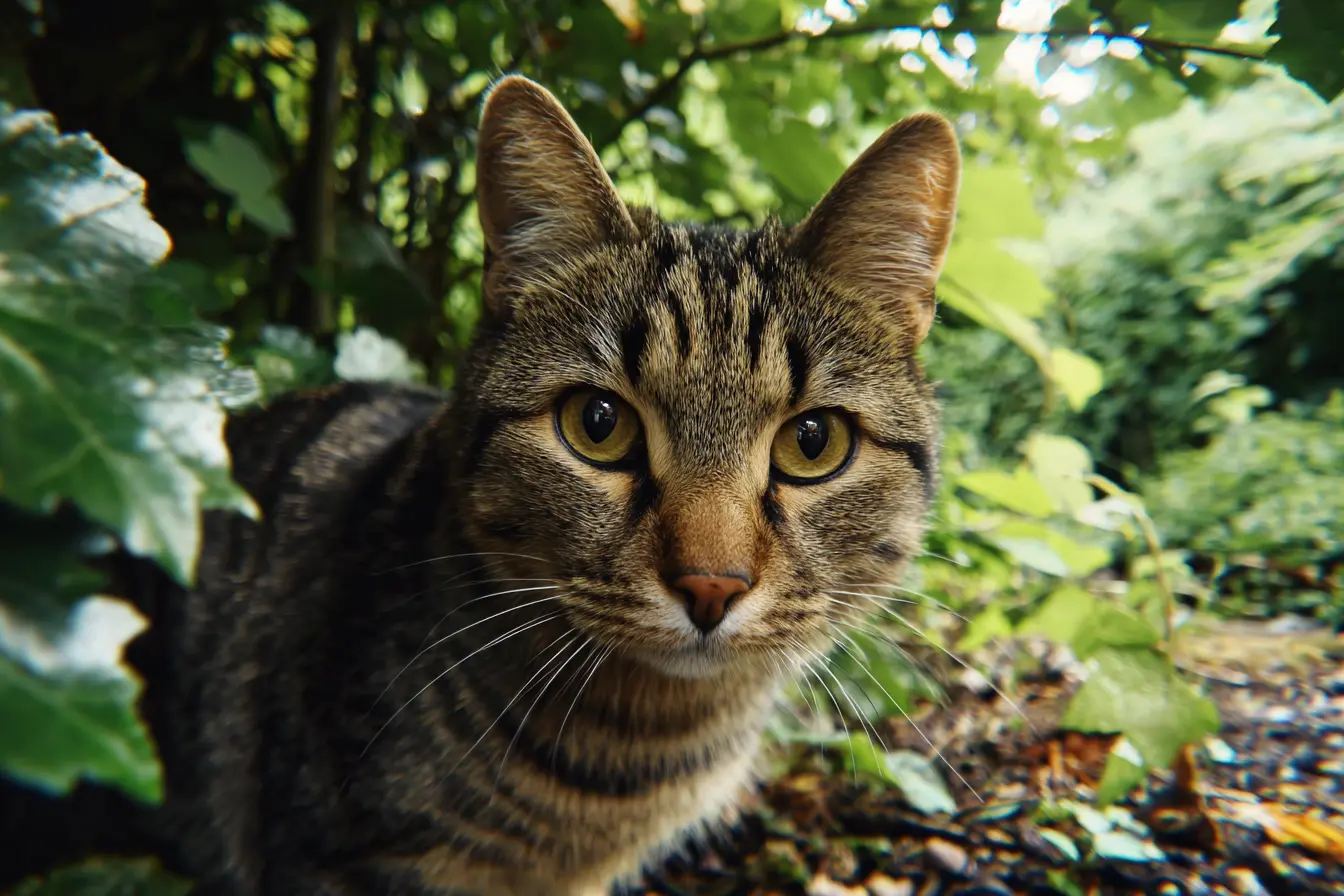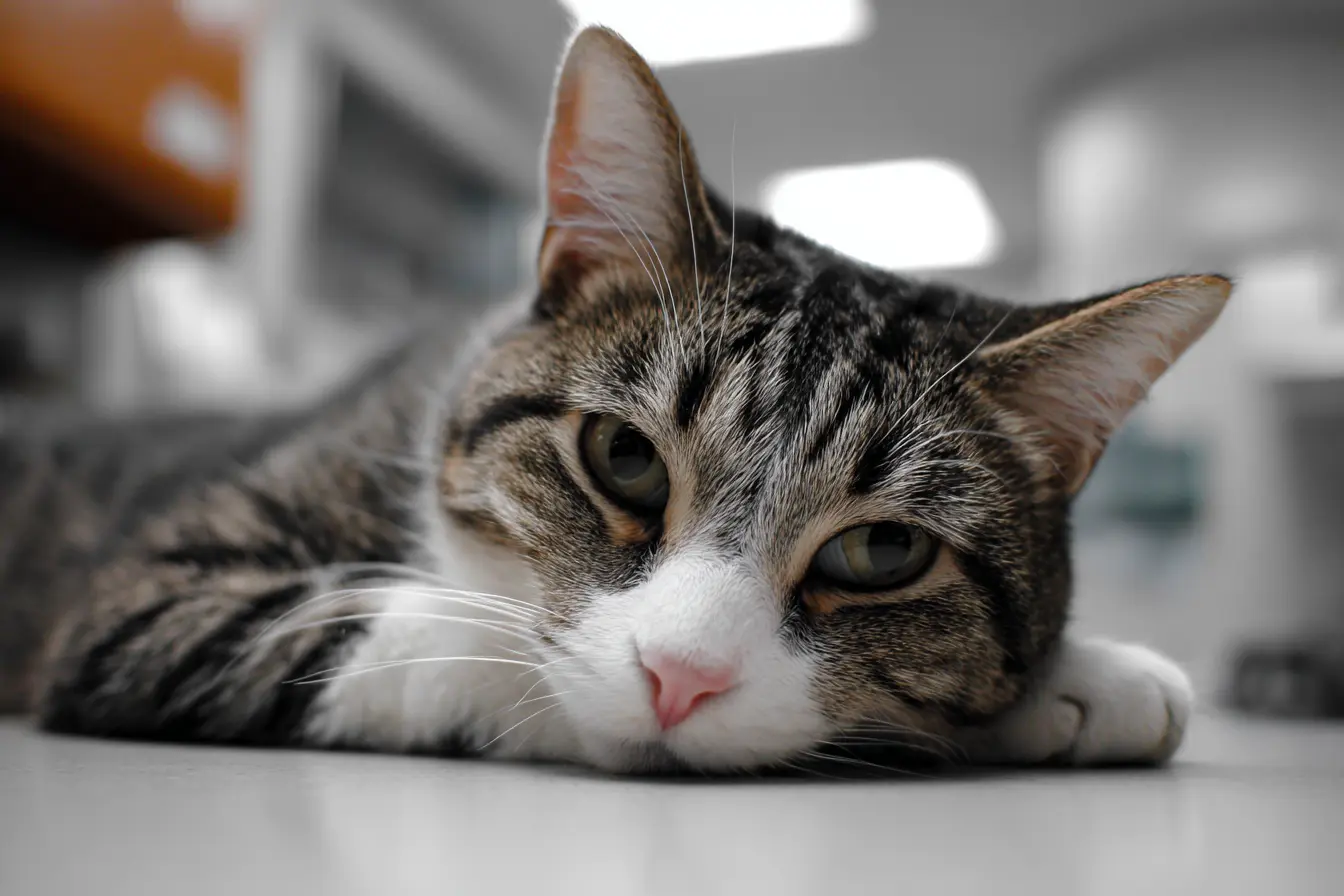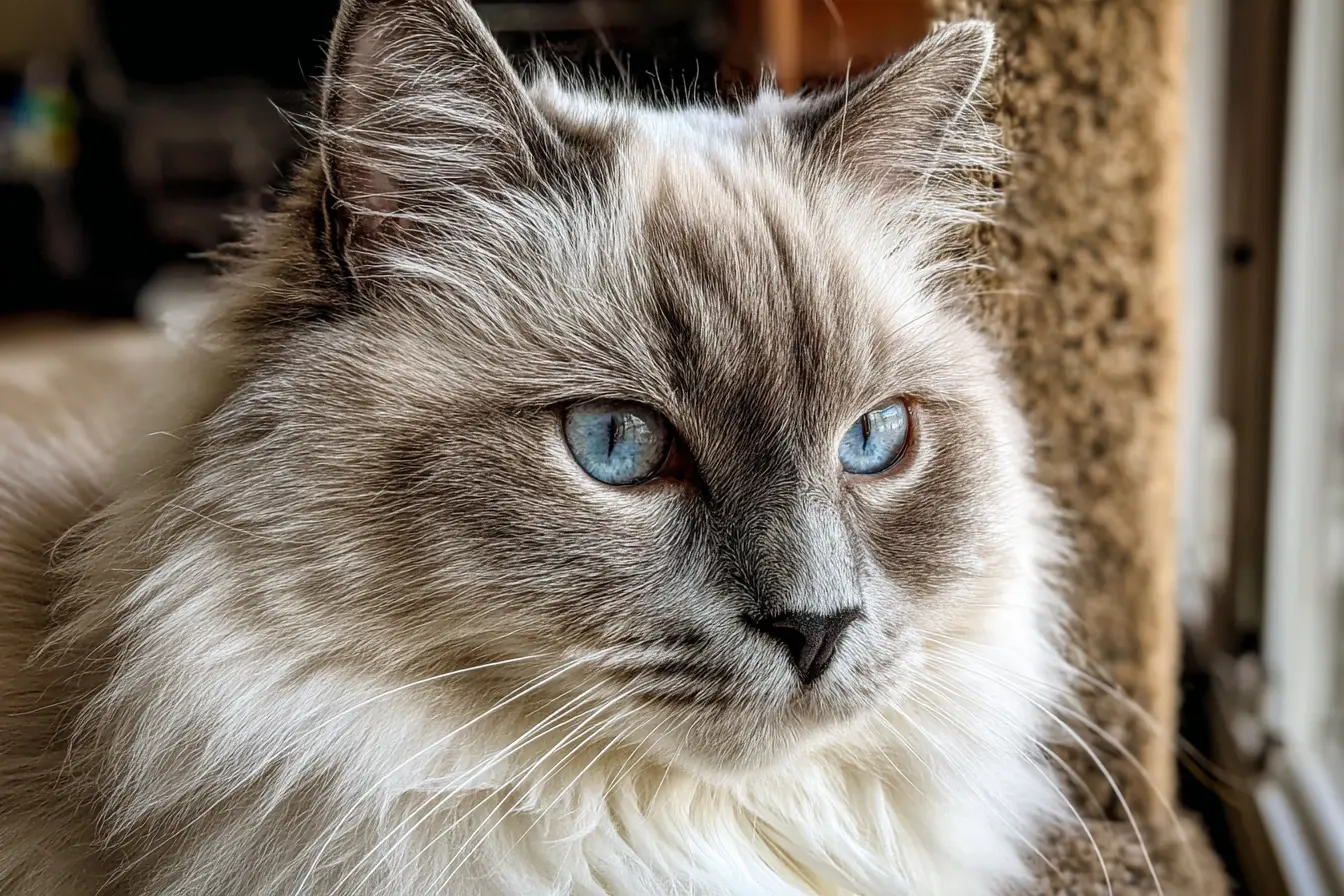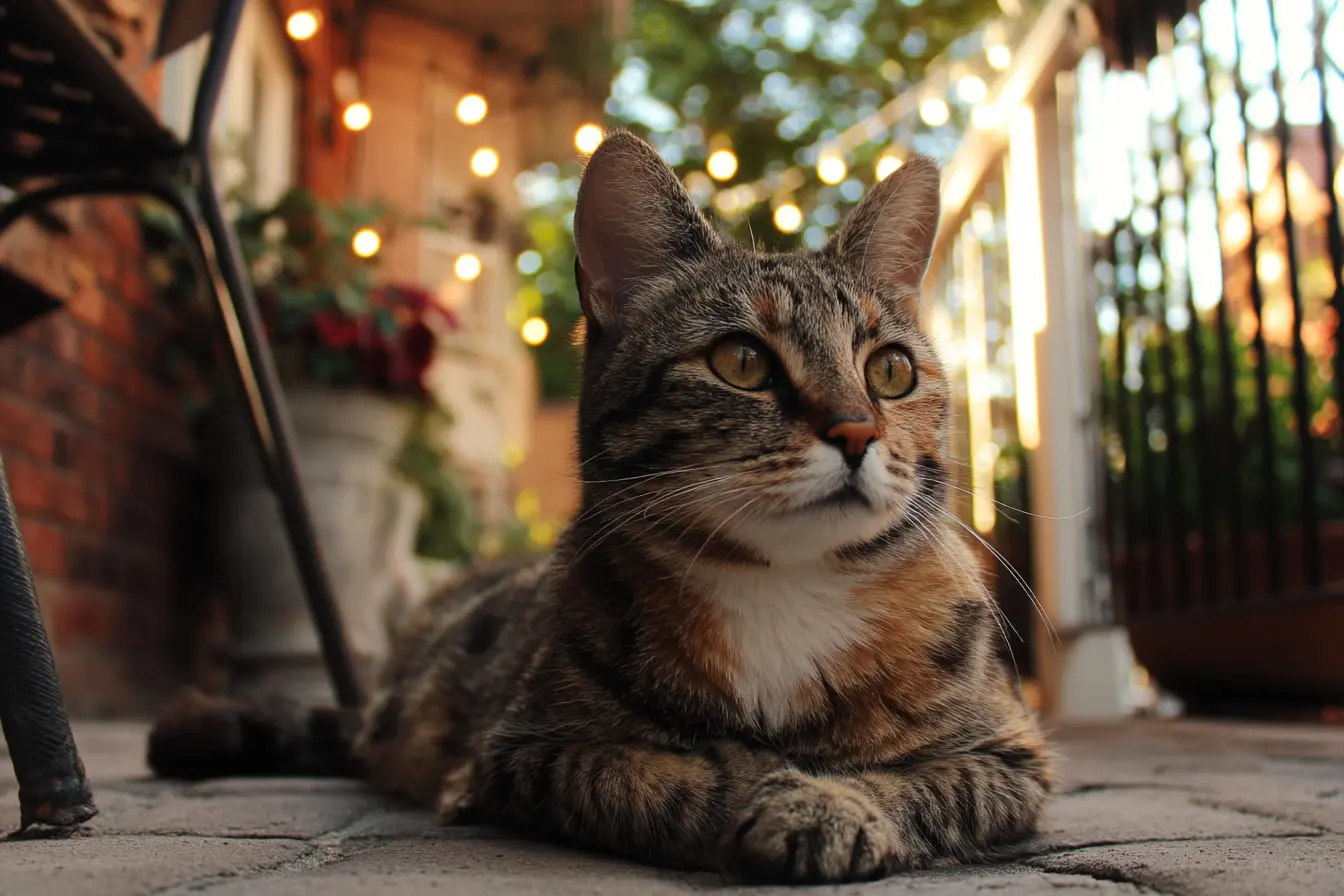
First Aid for Cats: A Comprehensive Guide for Owners
Knowing how to administer first aid to a cat in an emergency can be life-saving. While first aid is not a substitute for veterinary care, it can help stabilise a cat until professional treatment is available.
This guide covers essential first aid procedures, how to handle common emergencies, and what supplies every cat owner should have in a first aid kit.
Why is first aid important for cats?
Cats are naturally curious animals and can get into situations that lead to injuries or medical emergencies. Knowing how to respond quickly can:
- Prevent a condition from worsening
- Reduce pain and distress
- Increase the chances of a full recovery
- Provide vital support before reaching a vet
Essential items for a cat first aid kit
Every cat owner should have a well-stocked first aid kit.
Basic first aid supplies
- Sterile gauze pads and bandages
- Non-stick dressings for wounds
- Self-adhesive bandage wrap
- Cotton wool or pads
- Blunt-ended scissors
- Tweezers for removing splinters or debris
- Antiseptic wipes or solution such as chlorhexidine or povidone-iodine
- Saline solution for eye and wound cleaning
- Disposable gloves
- Syringes or pipettes for giving fluids or medication
- Digital thermometer
- Tick remover tool
- Ice packs for swelling
- Emergency blanket
Emergency medication
- Activated charcoal for poisoning, but only under veterinary guidance
- Pain relief, but only as prescribed by a vet
- Hydrogen peroxide to induce vomiting in poisoning cases, but only under vet instruction
Important documents
- Veterinary contact details
- Pet insurance information
- A record of the cat’s medical history
How to handle an injured or sick cat
When a cat is in distress, it may act aggressively due to pain or fear.
Safe handling techniques
- Approach slowly and speak calmly
- Wrap the cat in a towel or blanket if they are struggling
- Avoid making sudden movements
- Muzzle the cat if necessary, but only if they are not struggling to breathe
- Keep handling to a minimum to avoid worsening injuries
If a cat is severely injured or unconscious, move them onto a flat surface such as a rigid board for transport to the vet.
Common first aid emergencies in cats
Wounds and bleeding
Cats can suffer cuts, bites, or scrapes from fights or accidents.
First aid steps
- Apply gentle pressure with a clean cloth or gauze to stop bleeding
- Rinse minor wounds with saline solution to clean debris
- Apply antiseptic solution to prevent infection
- Cover the wound with a non-stick dressing if necessary
- Seek veterinary care for deep cuts, puncture wounds, or ongoing bleeding
Choking
Cats can choke on food, small toys, or objects.
Signs of choking
- Pawing at the mouth
- Gagging or coughing
- Difficulty breathing
- Blue-tinged gums
First aid steps
- Open the cat’s mouth and check for obstructions
- If visible, try to remove the object with tweezers, but do not push it further down
- Perform the cat Heimlich manoeuvre by giving firm compressions on the chest if the cat is unconscious
- If the cat collapses, CPR may be necessary
Poisoning
Cats can be poisoned by household chemicals, toxic plants, human medications, or certain foods.
Common poisons for cats
- Lilies, which cause kidney failure
- Antifreeze, which is highly toxic
- Human medications such as ibuprofen or paracetamol
- Chocolate, onions, and alcohol
First aid steps
- If ingestion has just occurred, call a vet before inducing vomiting
- Remove any remaining toxin from the mouth if safe to do so
- Do not give food, milk, or water unless instructed by a vet
- Take packaging of the suspected toxin to the vet
Seizures
Seizures can be caused by epilepsy, poisoning, or underlying health conditions.
First aid steps
- Keep the cat away from objects that may cause injury
- Do not restrain or touch the cat during the seizure
- Keep lights dim and noise levels low
- Time the seizure. If it lasts longer than two minutes, seek emergency vet care
- Once the seizure ends, keep the cat calm and warm
Burns and scalds
Burns can occur from hot surfaces, boiling water, or chemicals.
First aid steps
- Rinse the burned area with cool water for at least five minutes
- Do not use ice, butter, or ointments
- Cover the burn with a sterile, non-stick dressing
- Seek veterinary treatment for serious burns
Heatstroke
Heatstroke occurs when a cat overheats, usually due to being trapped in a hot car or sun exposure.
Signs of heatstroke
- Panting and drooling
- Bright red gums
- Weakness or collapse
First aid steps
- Move the cat to a cool, shaded area
- Use cool, damp towels on the body, but avoid sudden temperature drops
- Offer small amounts of cool water to drink
- Seek immediate veterinary attention
Hypothermia
Hypothermia occurs when a cat’s body temperature drops too low, often due to cold weather or being trapped in water.
Signs of hypothermia
- Shivering and weakness
- Slow breathing and cold ears or paws
- Lethargy or unconsciousness
First aid steps
- Wrap the cat in warm blankets
- Place a warm water bottle wrapped in a towel near the cat
- Do not use direct heat sources such as hairdryers
- Seek veterinary care immediately
Eye injuries
Eye injuries can occur from scratches, infections, or foreign objects.
First aid steps
- Flush the eye with saline solution if debris is present
- Do not try to remove foreign objects stuck in the eye
- Keep the cat from scratching the eye by using a cone collar
- Seek veterinary treatment for swelling, redness, or discharge
Broken bones or fractures
If a cat has a suspected broken bone, movement should be minimised.
First aid steps
- Keep the cat as still as possible
- Use a rigid support, such as a rolled-up towel, under the limb for transport
- Do not try to realign the bone
- Seek immediate veterinary care
When to seek emergency vet care
Immediate veterinary care is required if a cat:
- Has difficulty breathing
- Is unconscious or unresponsive
- Has excessive bleeding
- Has a suspected broken bone
- Has ingested a toxin
- Has severe burns
- Is having continuous seizures
In any medical emergency, acting quickly can improve the outcome. Keeping a veterinary contact list readily available can help ensure fast action.
Conclusion
Understanding first aid for cats can be life-saving in emergencies. While first aid is not a substitute for professional veterinary care, knowing how to respond quickly can stabilise a cat and prevent further harm.
Cat owners should keep a first aid kit, familiarise themselves with common emergencies, and seek veterinary care as soon as possible when needed. Being prepared can make a crucial difference in an emergency situation.
Related Vets
Vets near you
Speciality vets
- Aquatics vet specialists
- Birds vet specialists
- Camelids vet specialists
- Cats vet specialists
- Cattle vet specialists
- Deer vet specialists
- Dogs vet specialists
- Equines vet specialists
- Exotic vet specialists
- Goats vet specialists
- Pigs vet specialists
- Poultry vet specialists
- Sheep vet specialists
- Small Mammals vet specialists
- Wild vet specialists










